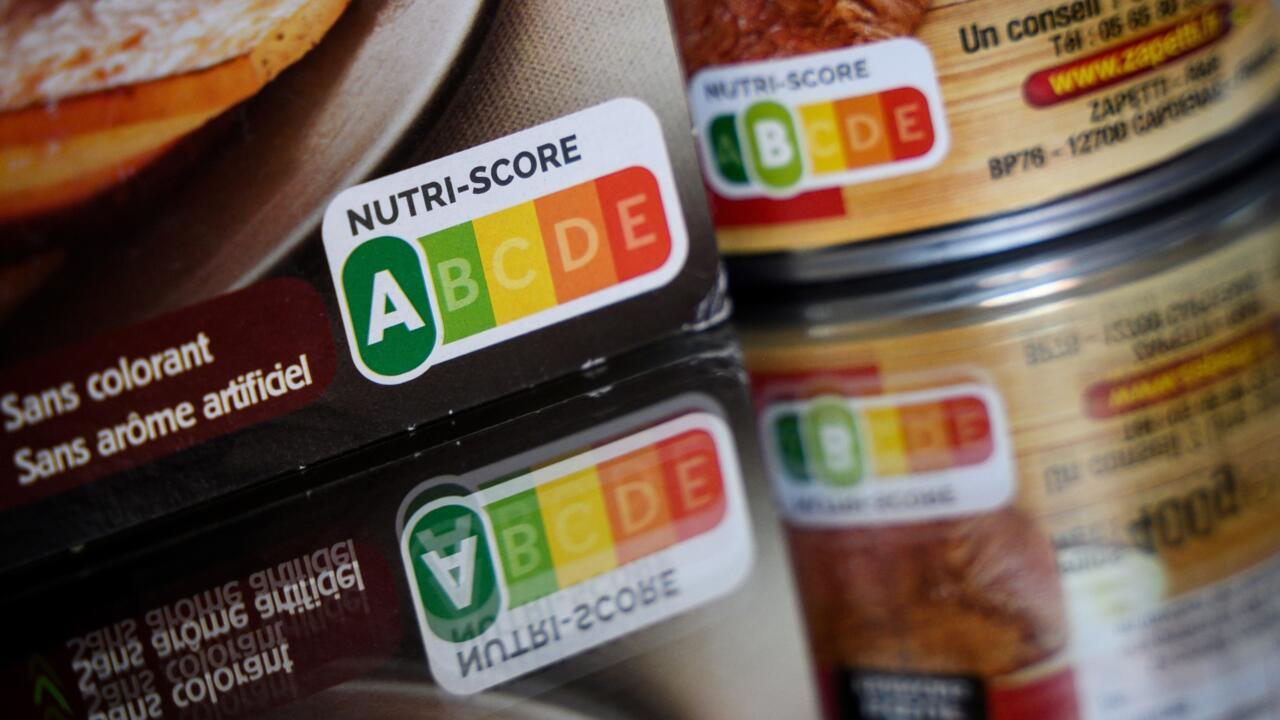Labelling in the EU is meant to give consumers accurate and honest information on the contents of their food so they can make informed decisions about what they are buying. But due to gaps in EU rules consumers can easily get “lost in a maze” of puzzling claims, according to the European Court of Auditors (ECA).
“Instead of bringing clarity, food labels too often create confusion; there are hundreds of different schemes, logos and claims that people need to decipher,” said Keit Pentus-Rosimannus, an ECA auditor. “Companies can be very creative in what they put on packaging, and EU rules have not caught up with a constantly evolving market, leaving some 450 million European consumers vulnerable to intentionally or unintentionally misleading messages.”
EU rules require producers to list ingredients, allergens and other mandatory information on food packages. Firms can then add voluntary statements including nutrition and health claims – such as “source of Omega-3 fatty acids” or “calcium is necessary to maintain healthy teeth”.
Here the picture gets muddier, according to the 27-nation bloc’s spending watchdog, as current rules allow businesses to zoom in on the more flattering features of their products and gloss over other aspects. An energy bar with lots of sugar can for example be branded simply as “high in protein” and a fatty orange cookie as a “source of fibre”, according to the report.
Even when such claims are false, checks and penalties are weak and almost non-existent for online food sales, it said. Health claims related to plant-substances or “botanicals” are not yet regulated at EU level, which leaves consumers potentially exposed to assertions not supported by science, the auditors added. Similarly, there is no EU definition of what “vegan” and “vegetarian” mean, although private certification schemes exist. Finally, different “front-of-pack nutrition labelling” schemes such as Nutri-Score and Keyhole, which aim at helping shoppers identify healthier food options, are in use in different countries, adding to the confusion, the ECA said.
European consumer rights group Foodwatch is pushing for Nutri-Score, currently used in France, Germany and a handful other countries, to be adopted across the bloc.
The ECA urged the European Commission to take a number of steps including addressing the gaps in the EU legal framework, and strengthening member states’ checks on voluntary labels and online retail.



Do EU goods have a nutrition label similar to the US? Pretty easy to look at the ingredients here as well as percentages of things like protein, fiber, fat, and added sugars.
They do. But one thing that bugs me about the nutrition labels in the US is that they show “amount per serving”, rather than per 100ml or per 100g, which they have in the EU (at least in Sweden). it makes it a step harder to compare nutrition labels in the US.
I also feel judged when they tell me a bag of chips contains many servings.
Yeah. Tic-tacs are all sugar, but due to the serving size being so small they can claim they are sugar free
You telling me a packet of ramen isn’t really 2 servings?